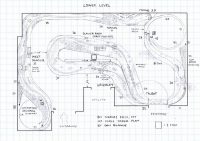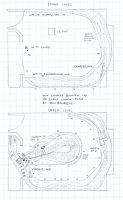Upgrading an Atlas Trainman Coal Hopper
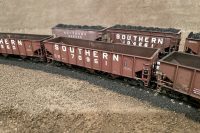
These days, you can find some really nice, super-detailed, ready-to-run HO scale coal hoppers from the likes of Tangent, Kadee, ExactRail, and others. While these models are beautiful, creating an entire coal train can really break the bank, and there are just some hopper prototypes that are only modeled in a lower level of detail. In either case, it’s not too difficult to bring these cheaper plastic kits closer to the detail level of a more expensive brand, and it doesn’t have to be super time-consuming. One of my favorite starting points is the relatively cheap and readily available “Atlas Trainman” ready-to-run hoppers, especially the 9-panel, 70-ton car that’s pretty close to the Southern’s 70-ton fleet I model. There’s a … Read more





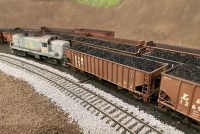
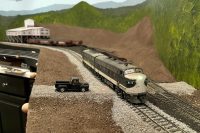
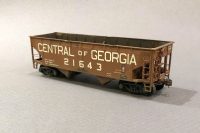


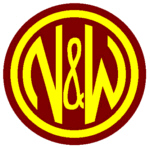 The N&W’s Pocahontas Division Mainline was the heart of the N&W. The double-track main cut through the mountains of the West Virginia coal fields with branch lines of various sizes plying the hollers and feeding an endless string of coal hoppers to the main. As the N&W’s main east-west artery, the “Pokey” main also hosted numerous non-coal freights and the N&W’s hottest passenger trains. Add in dozens of tunnels and bridges, small mountain towns and some company towns, and you’ve got the makings of a great model railroad …
The N&W’s Pocahontas Division Mainline was the heart of the N&W. The double-track main cut through the mountains of the West Virginia coal fields with branch lines of various sizes plying the hollers and feeding an endless string of coal hoppers to the main. As the N&W’s main east-west artery, the “Pokey” main also hosted numerous non-coal freights and the N&W’s hottest passenger trains. Add in dozens of tunnels and bridges, small mountain towns and some company towns, and you’ve got the makings of a great model railroad … 